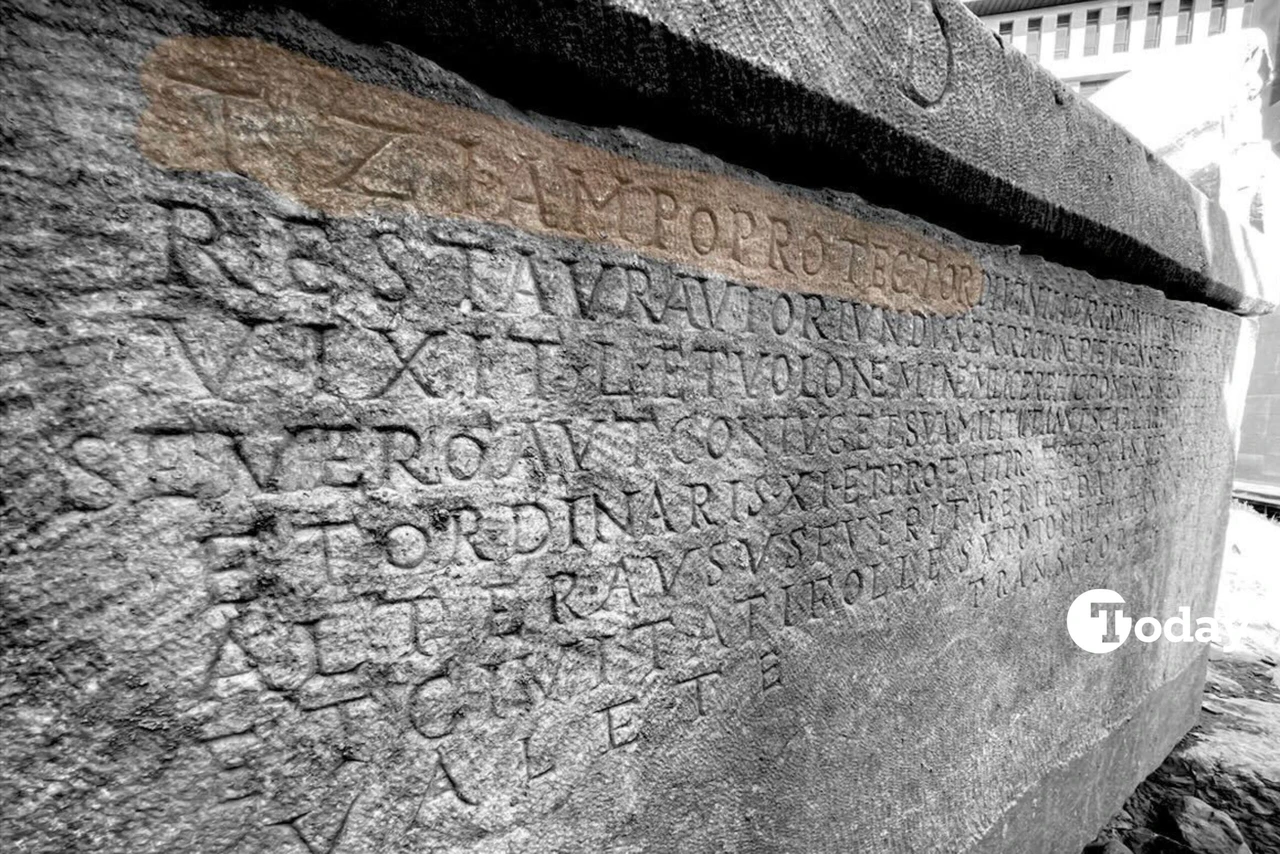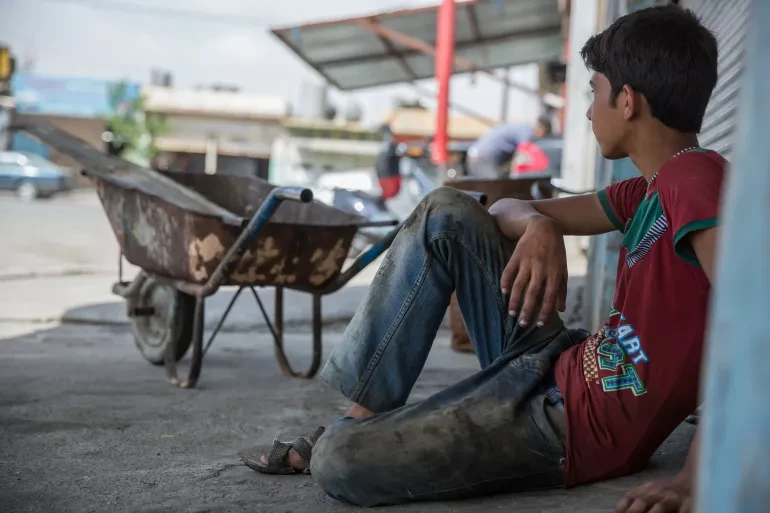Ancient tools unearthed in Sircalitepe reveal Neolithic life in Türkiye
 Obsidian tools used 9,600 years ago at Sircalitepe, Nigde, Türkiye, August 18, 2024 (AA Photo)
Obsidian tools used 9,600 years ago at Sircalitepe, Nigde, Türkiye, August 18, 2024 (AA Photo)
In the Sircalitepe Hoyuk, located in the village of Kayirli, obsidian tools dating back 9,600 years offer fascinating insights into the daily lives of Neolithic communities.
Associate Professor Semra Balci, head of the excavation team and a faculty member at Istanbul University’s Department of Archaeology, explained that the discovery of abundant obsidian remains during surface surveys in 2016 led to the decision to commence excavations at Sircalitepe Hoyuk.
These excavations, which began in 2019, continue uninterrupted with contributions from experts from universities such as Karadeniz Technical University, Hacettepe University, and Mimar Sinan Fine Arts University.
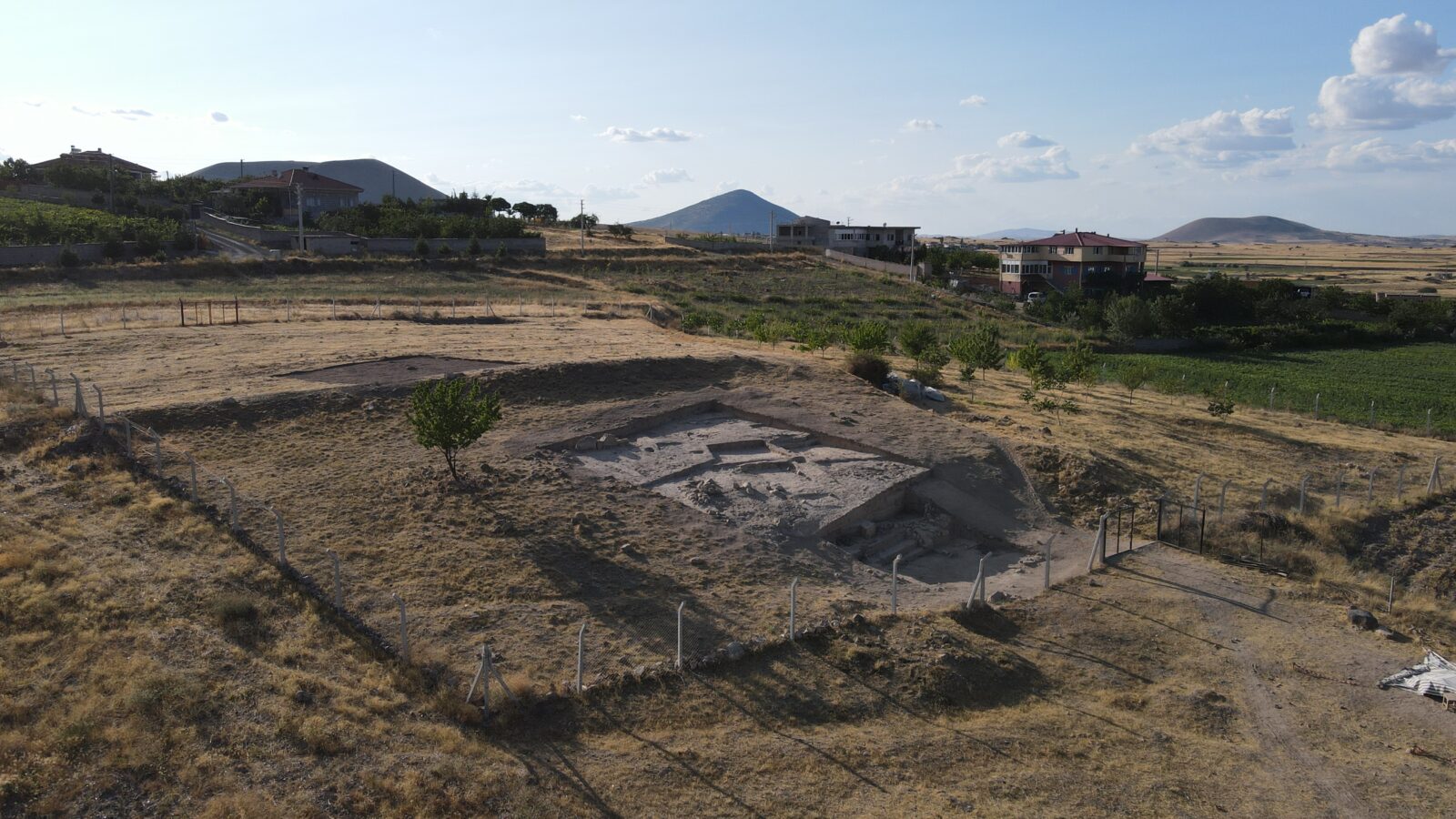
Pre-Pottery Neolithic period and obsidian tools
Balci revealed that the ongoing excavations at Sircalitepe have identified the site as belonging to the Pre-Pottery Neolithic period.
“Radiocarbon analyses indicate that the settlement dates back to between 9,600 and 9,300 years ago, while the workshop area dates to between 9,300 and 9,050 years ago,” said Balci, adding that although the team has not yet reached the bedrock, older findings are anticipated as excavations continue.
The strategic location of Sircalitepe near the Gollu Dag volcanic complex makes it the only settlement in the region capable of providing significant data on the relationship between obsidian workshops and habitation.
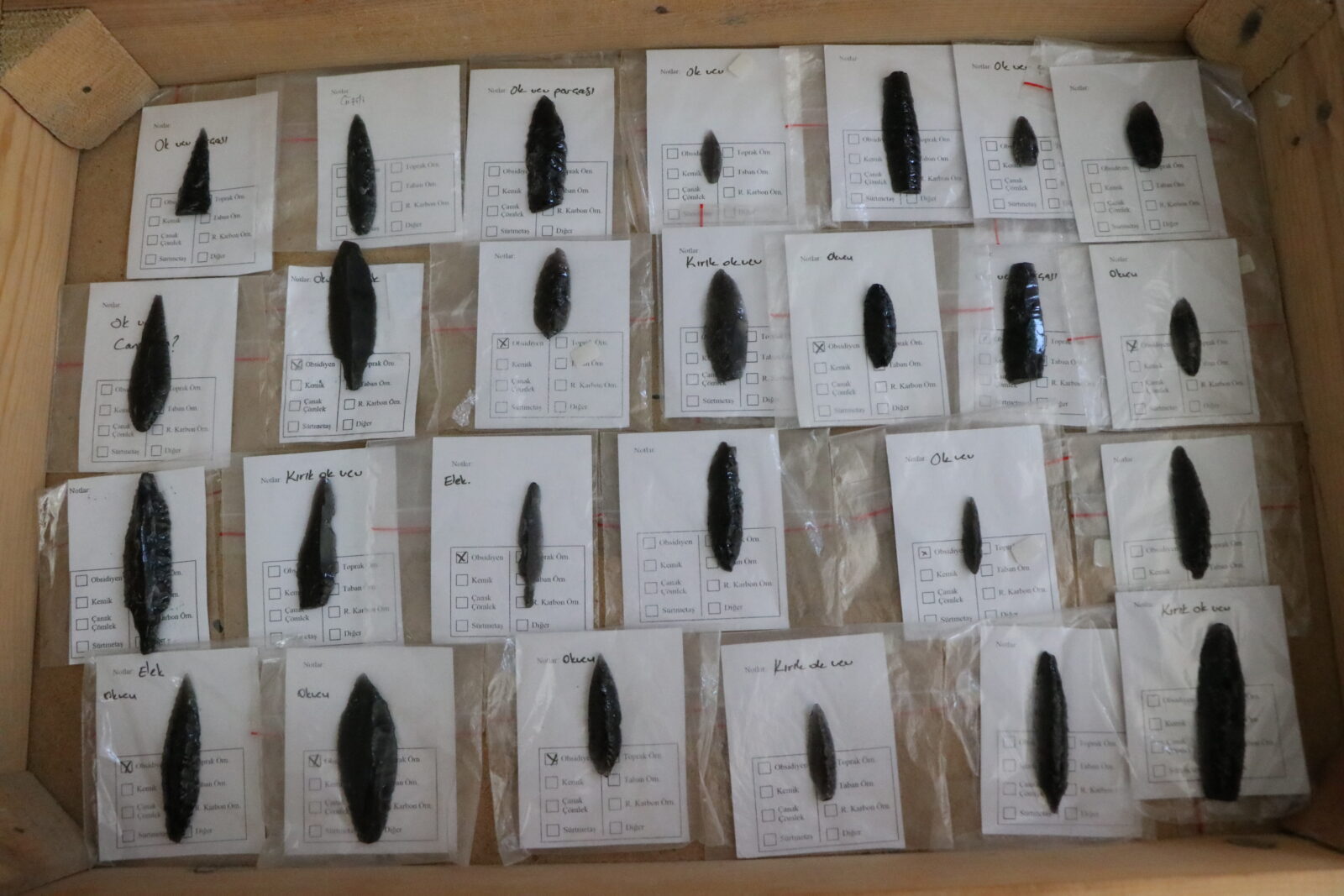
Obsidian use in daily life
The obsidian tools found at Sircalitepe offer a glimpse into how Neolithic communities utilized them in their daily activities.
Arrowheads, for instance, were likely used in hunting, while cutting tools may have been employed in harvesting.
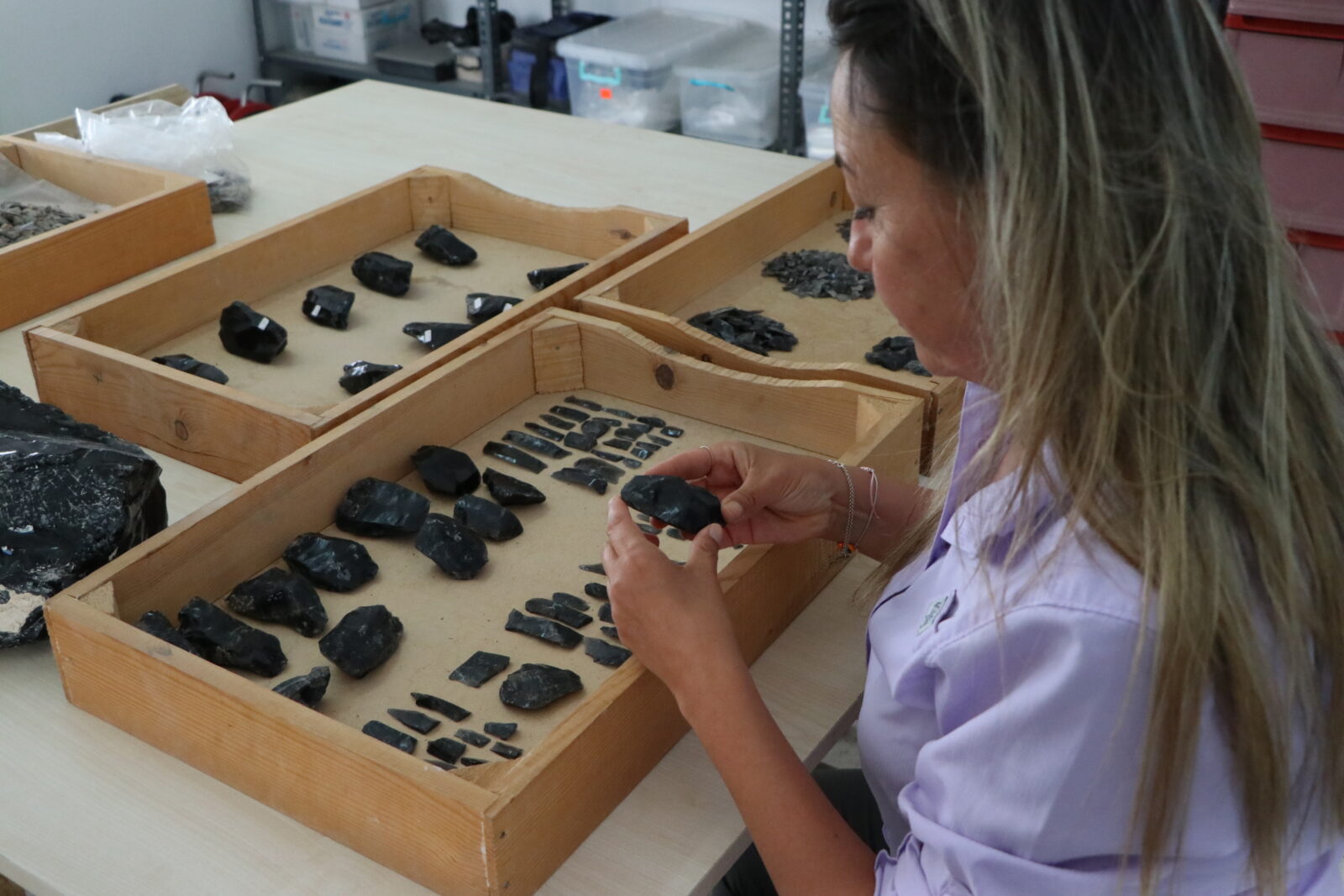
Scrapers were used for processing leather and wood, and piercing tools were likely utilized to perforate materials such as leather and wood.
“The people of Sircalitepe incorporated obsidian into many aspects of their daily life,” Balci noted.
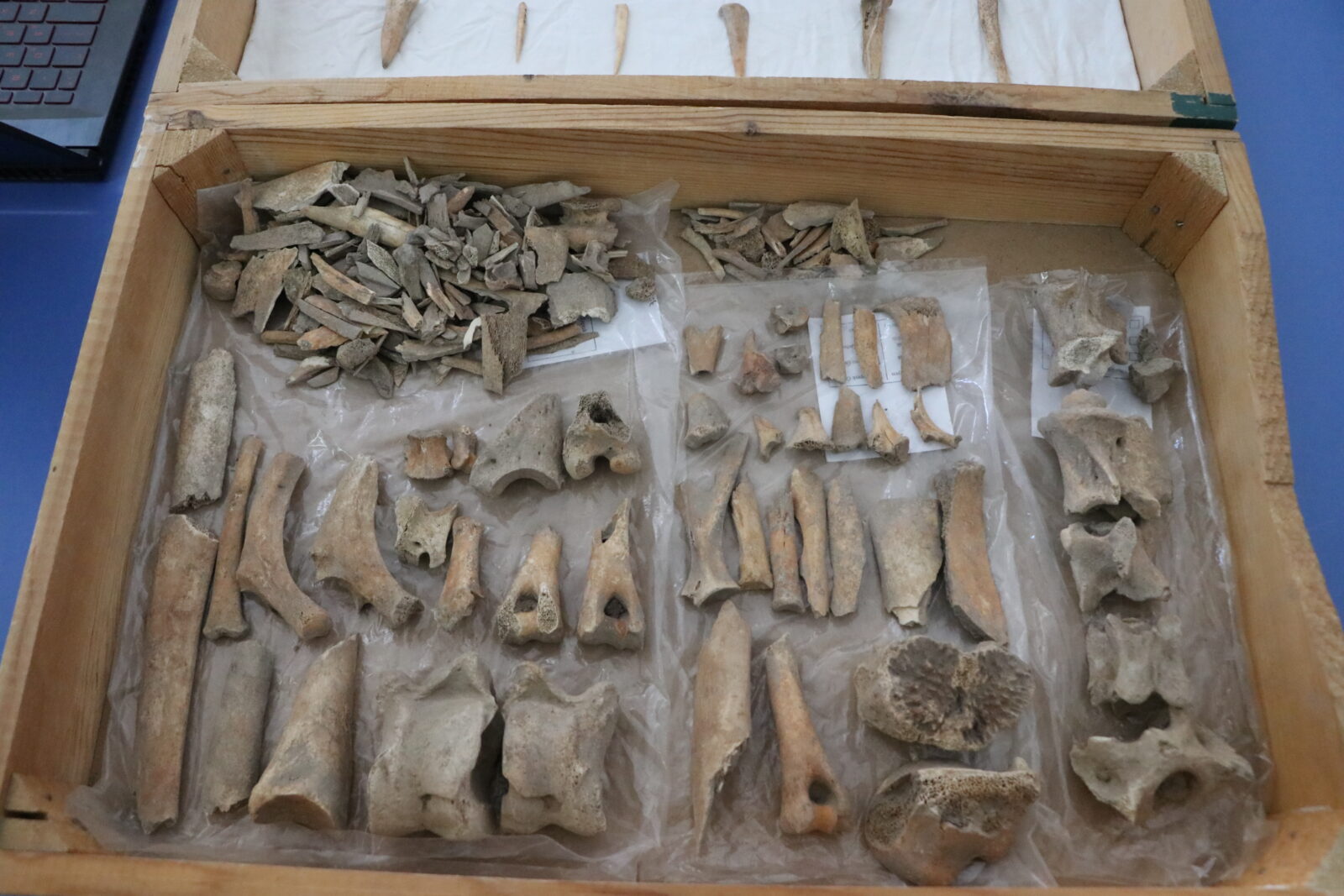
Animal husbandry and architectural discoveries
In addition to obsidian tools, the excavations have uncovered other volcanic rocks like perlite and various artifacts made from animal bones.
Balci highlighted the region’s rich biodiversity, noting that bones from sheep, goats, cattle, deer, rabbits, foxes, birds, and small rodents have been found.
Architectural remains include rectangular structures built with mudbrick walls or a combination of stone and mudbrick. Within these structures, the team has discovered cooking areas, including ovens and hearths.
The ongoing excavations at Sircalitepe Hoyuk continue to shed light on the rich cultural heritage of the Neolithic period in Türkiye, offering a detailed look into the daily lives of its ancient inhabitants.
